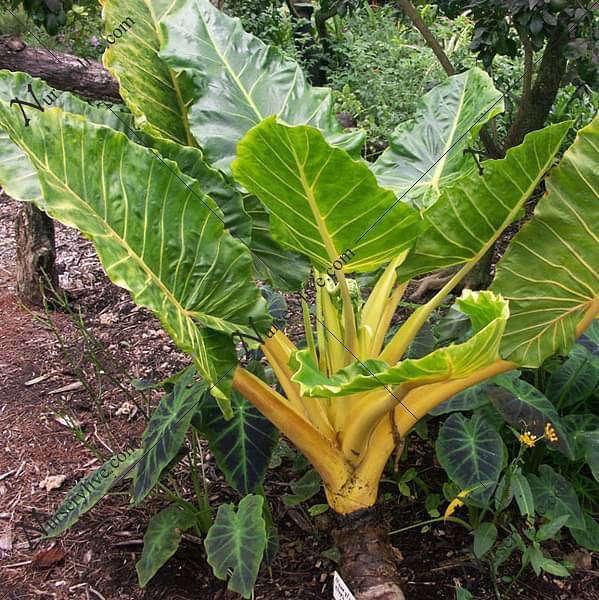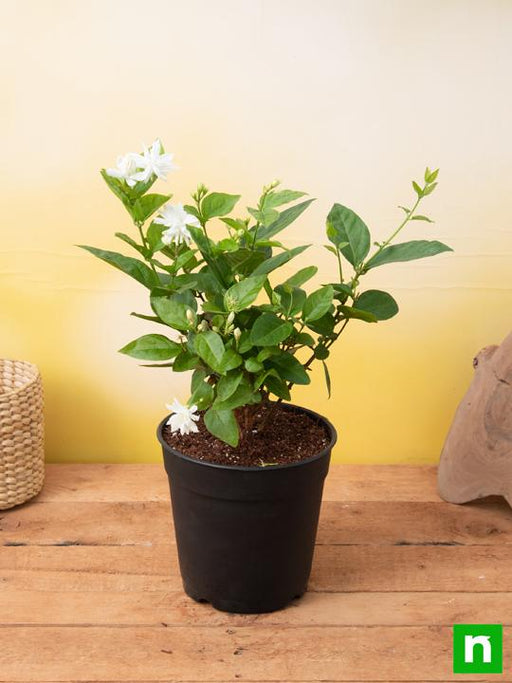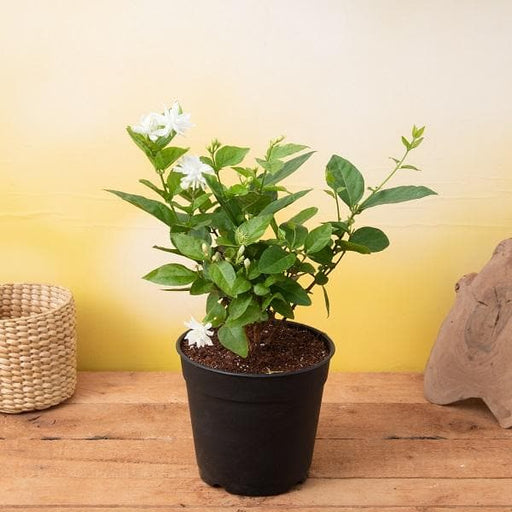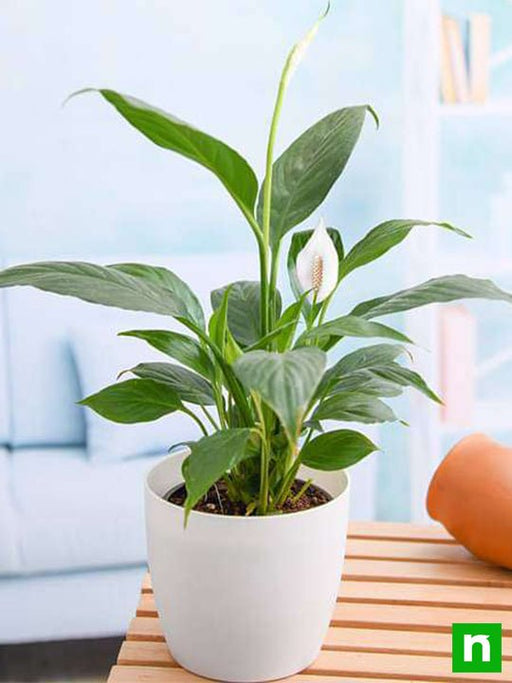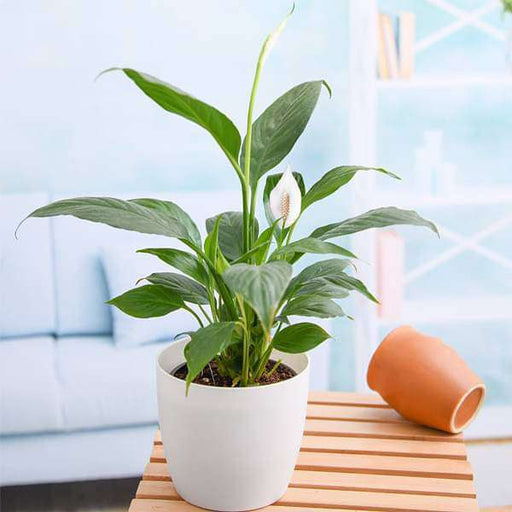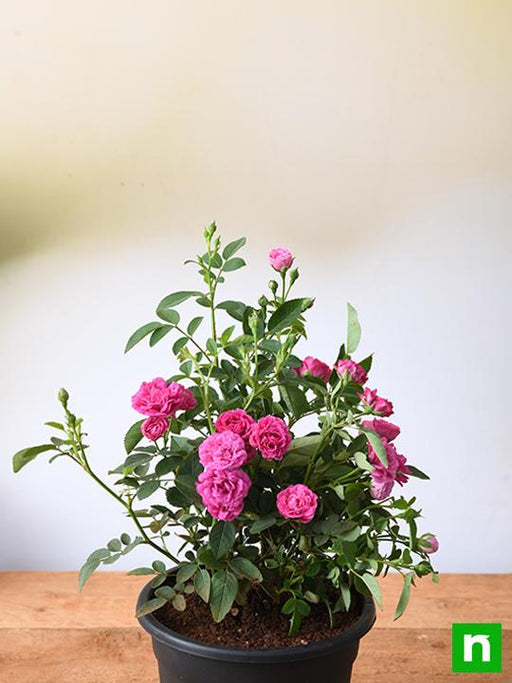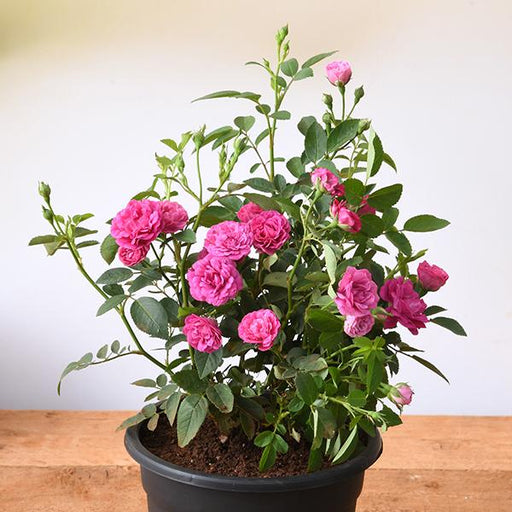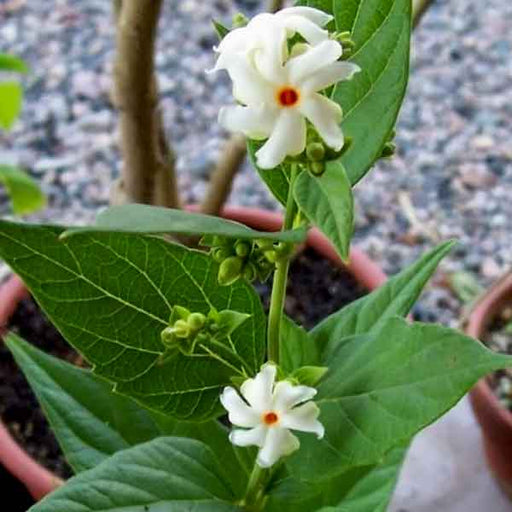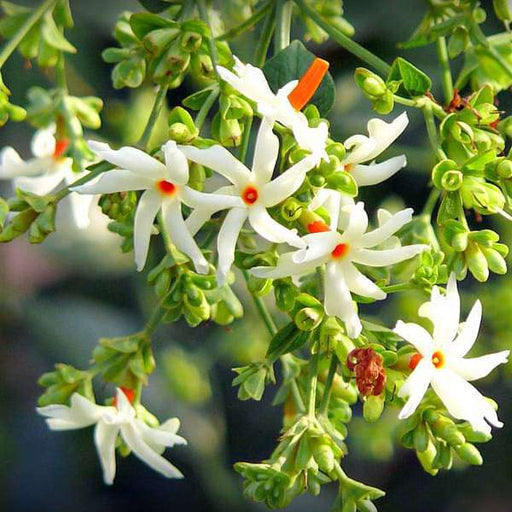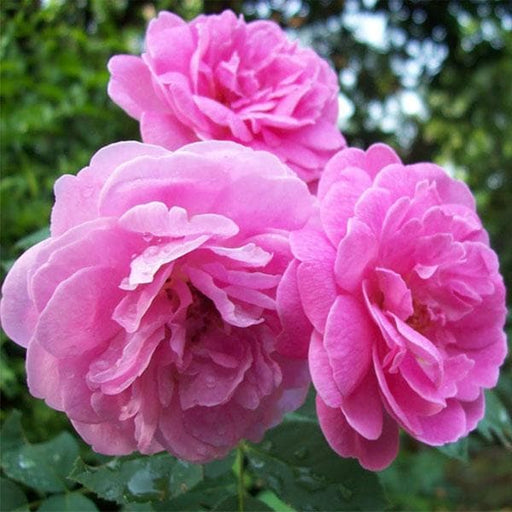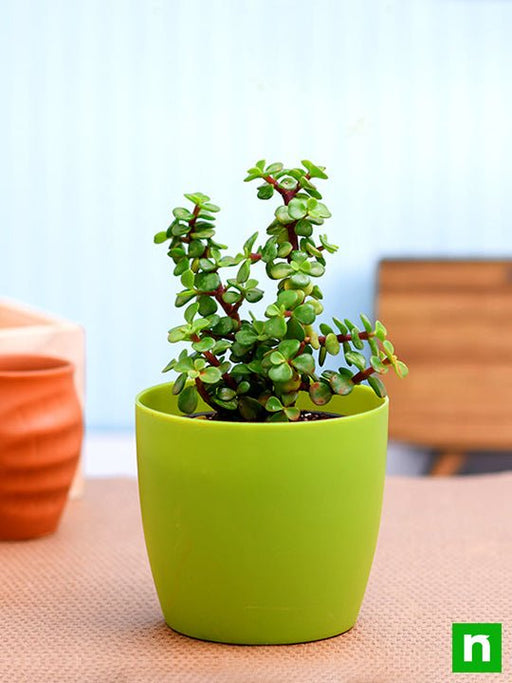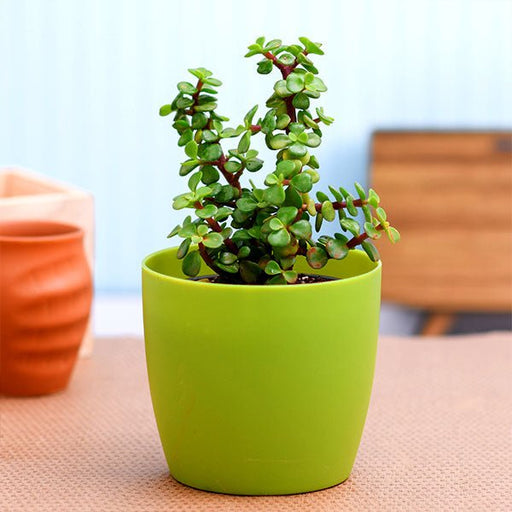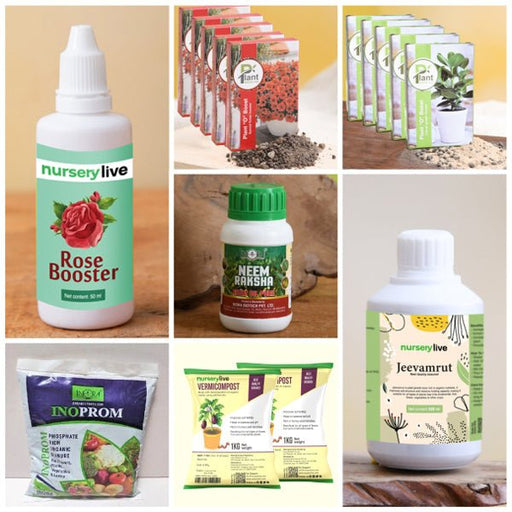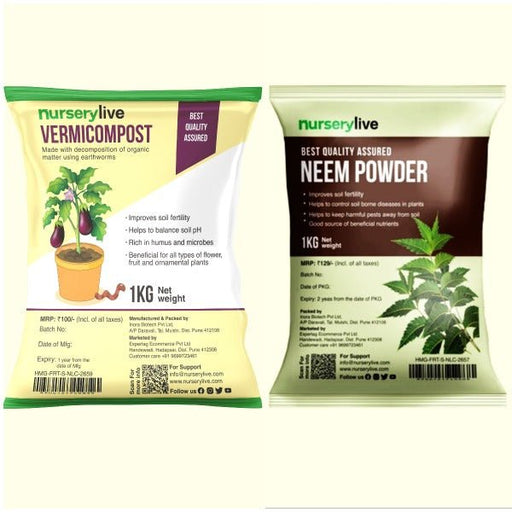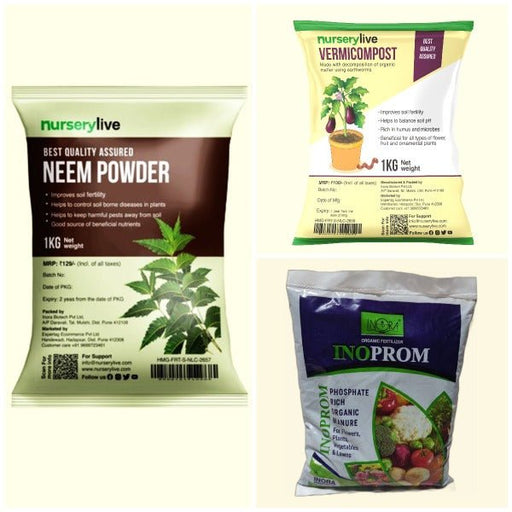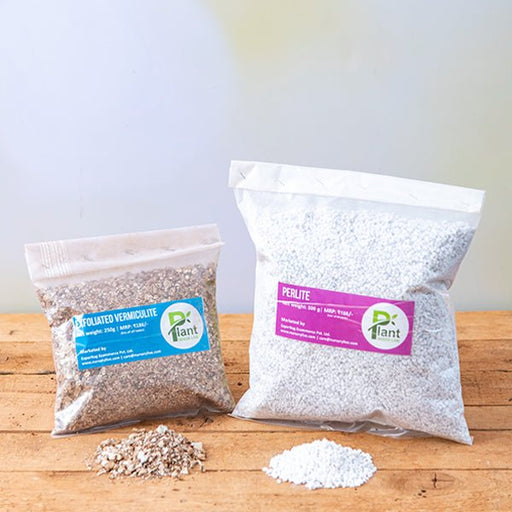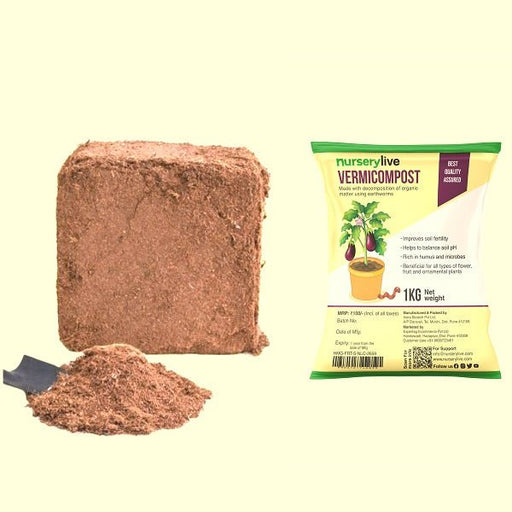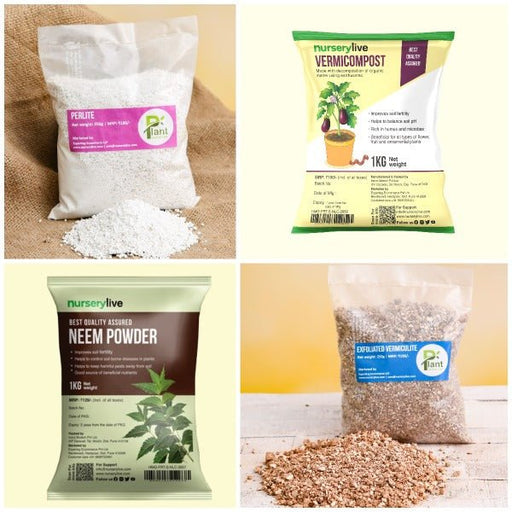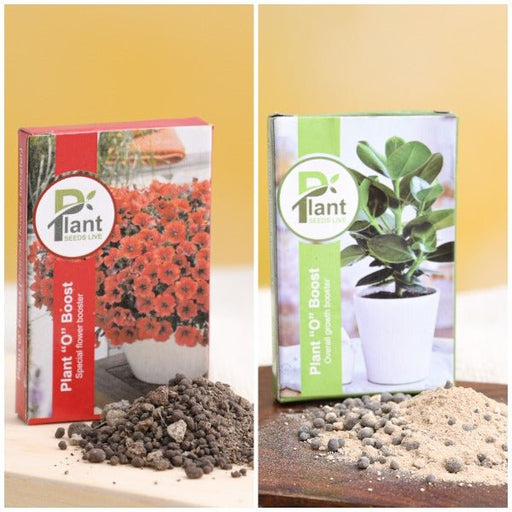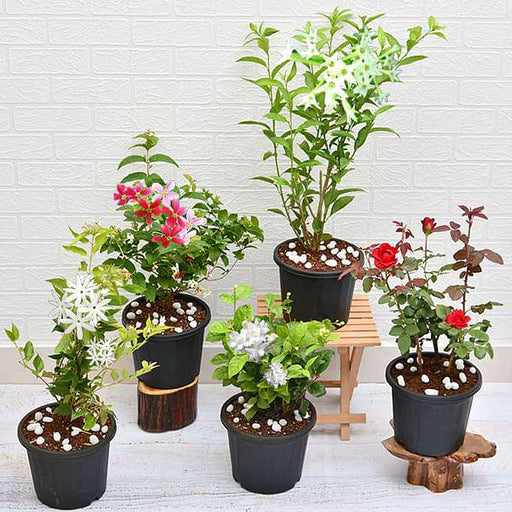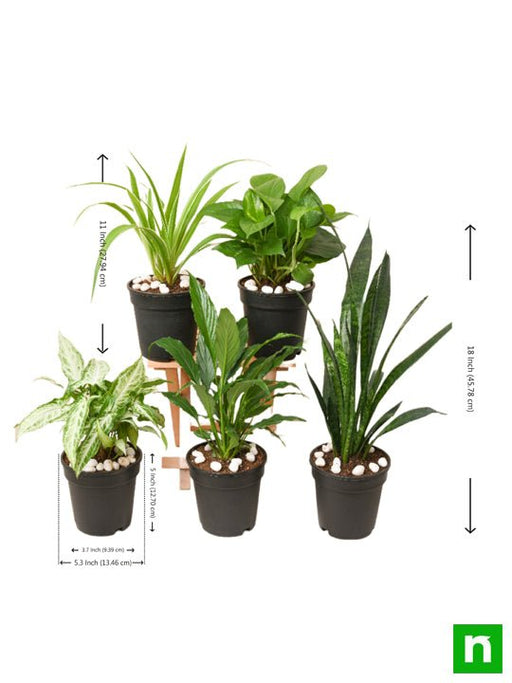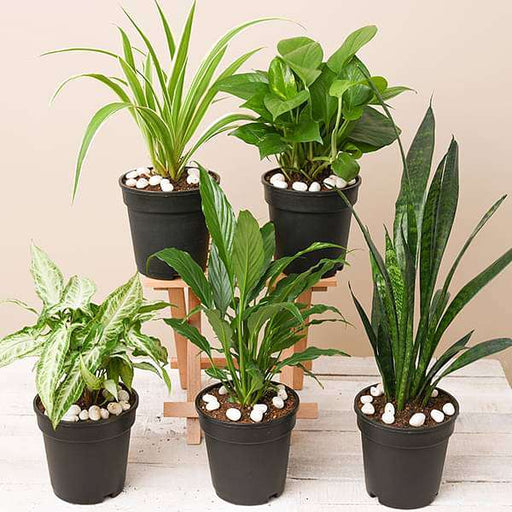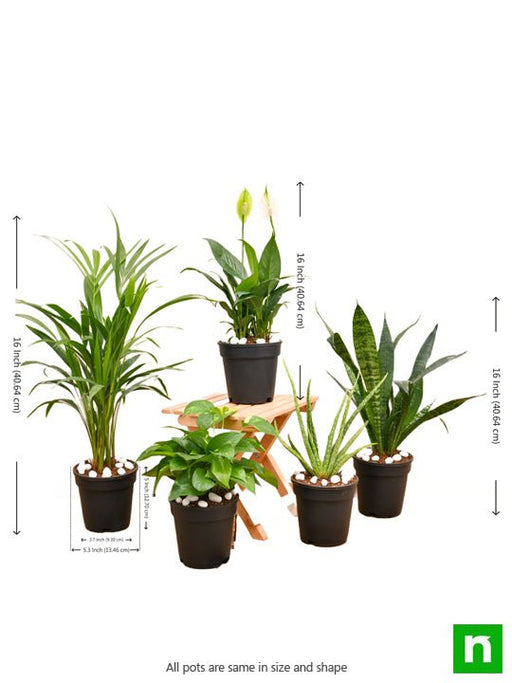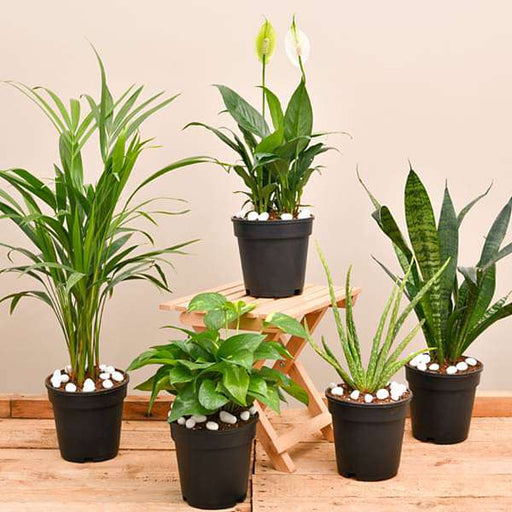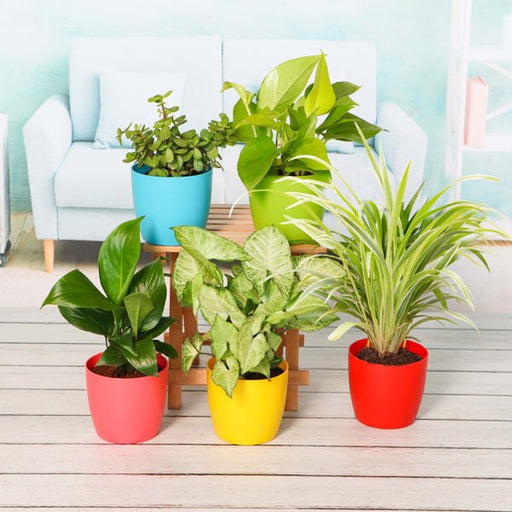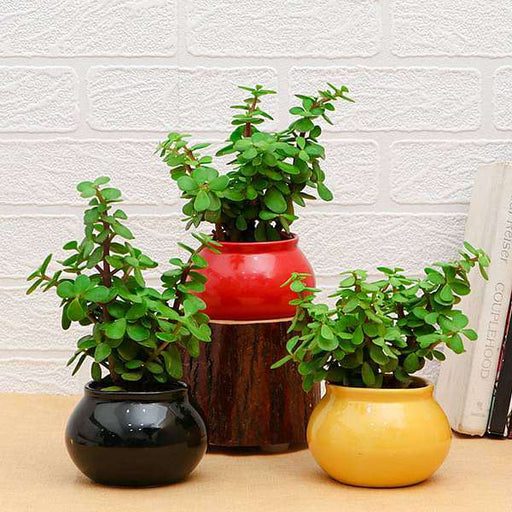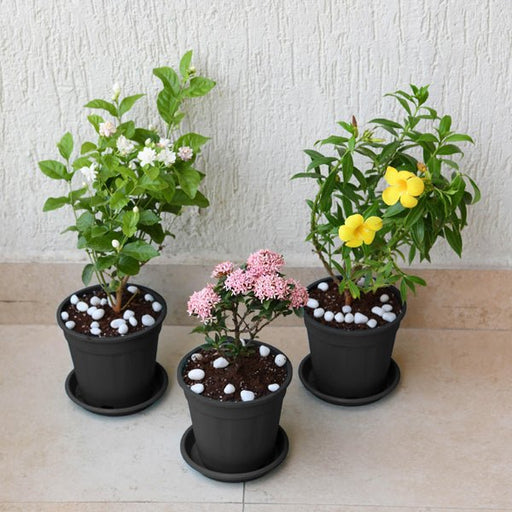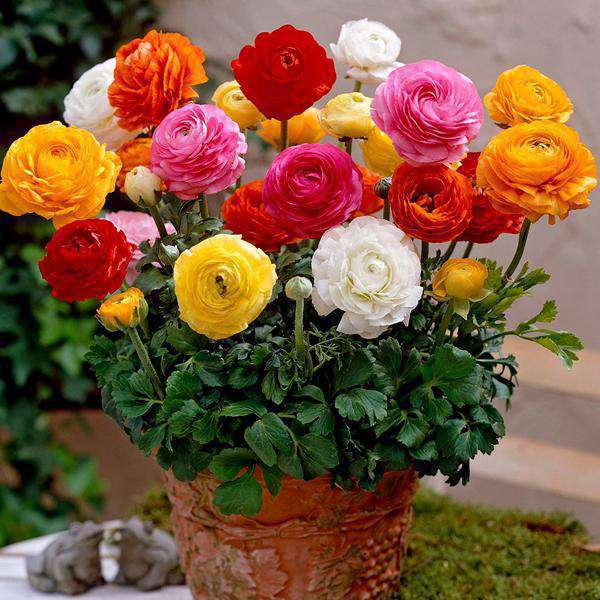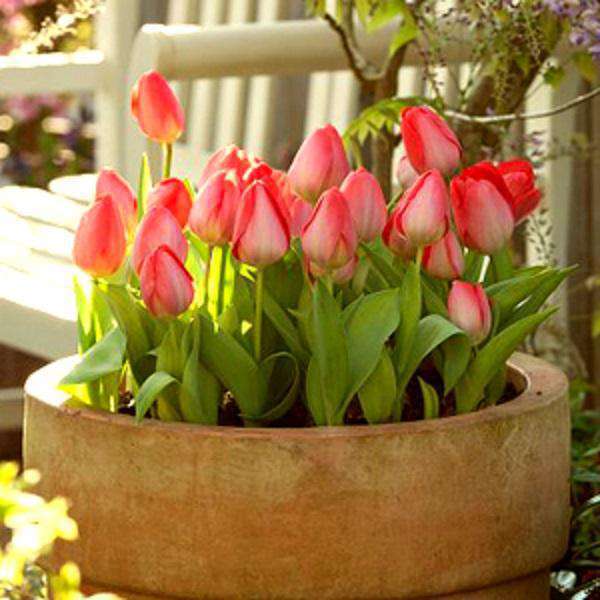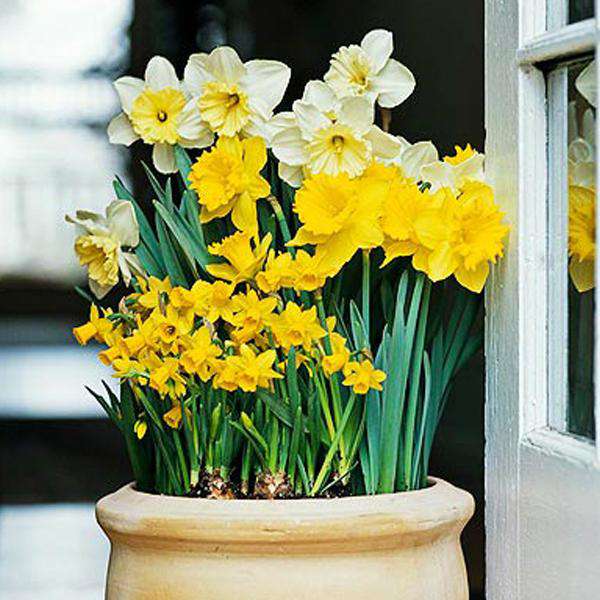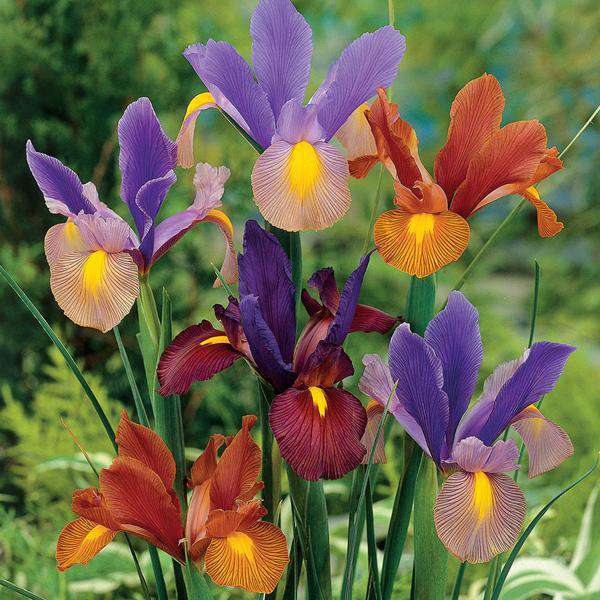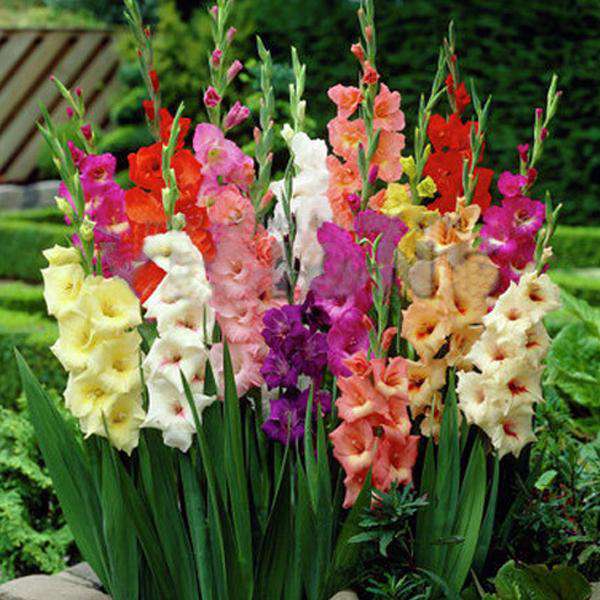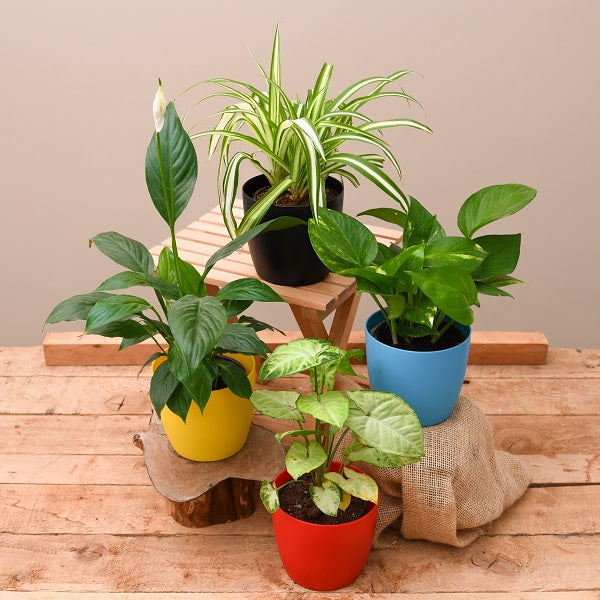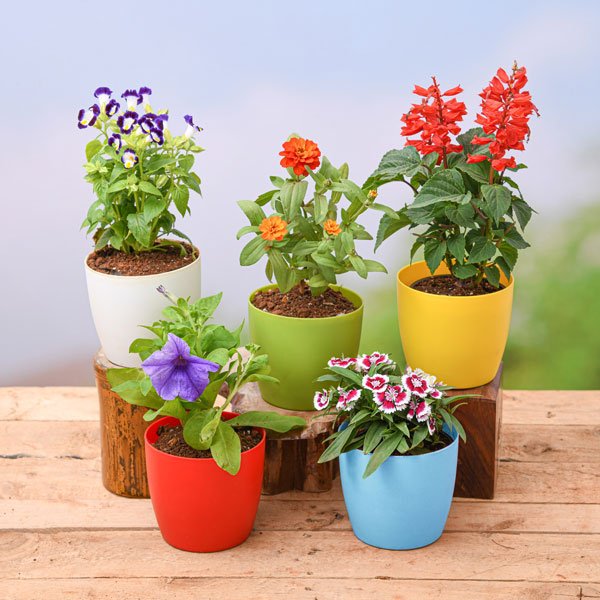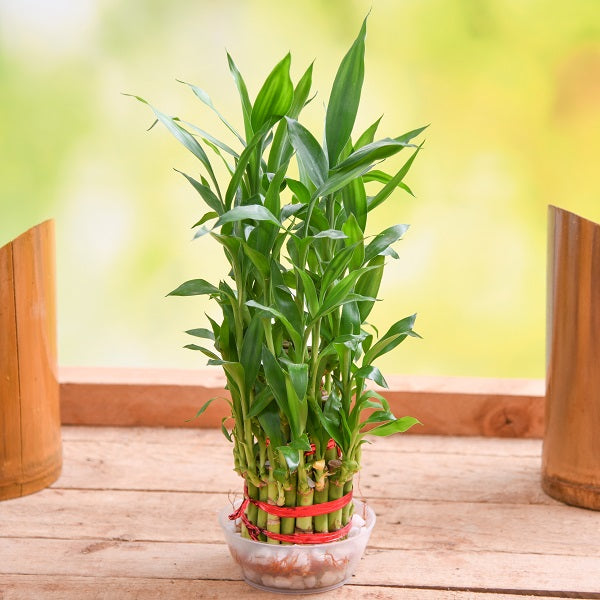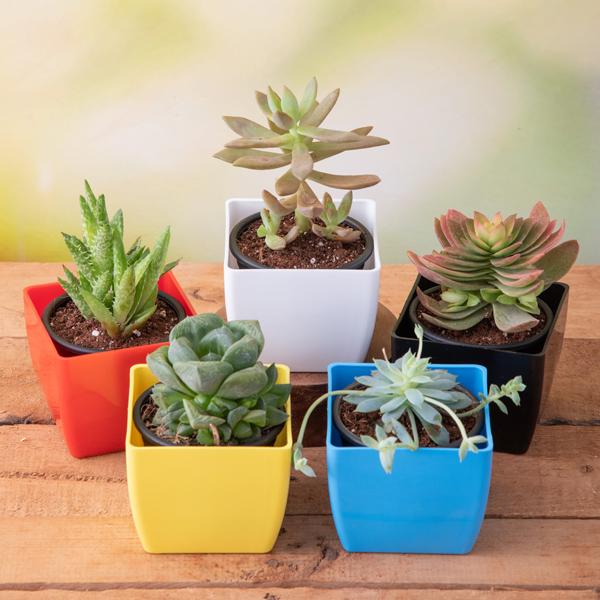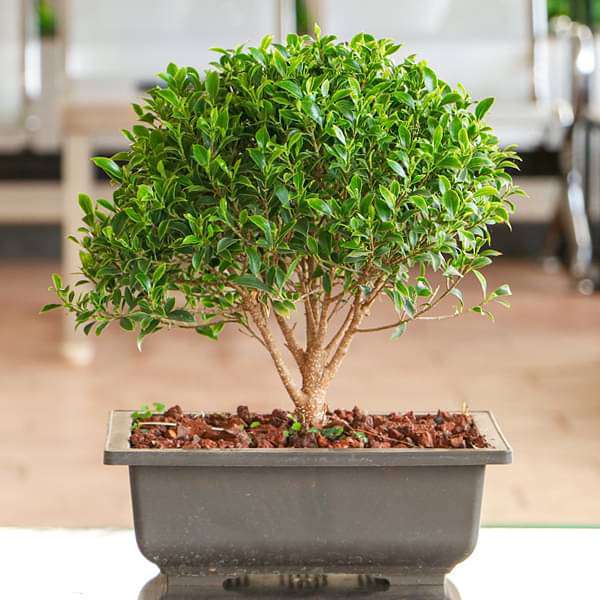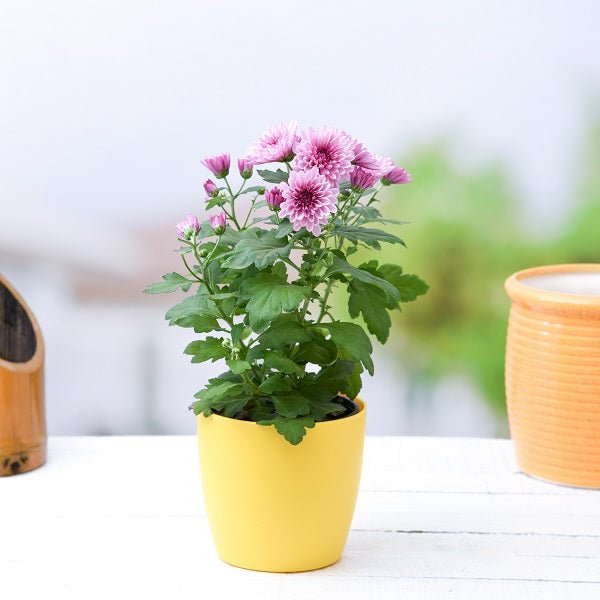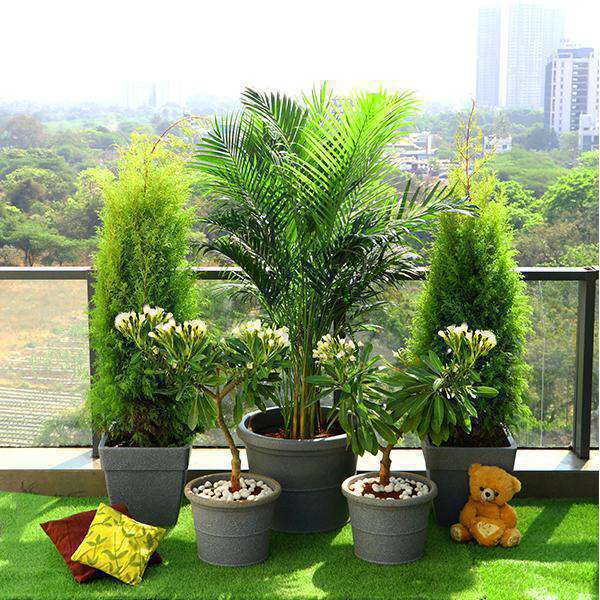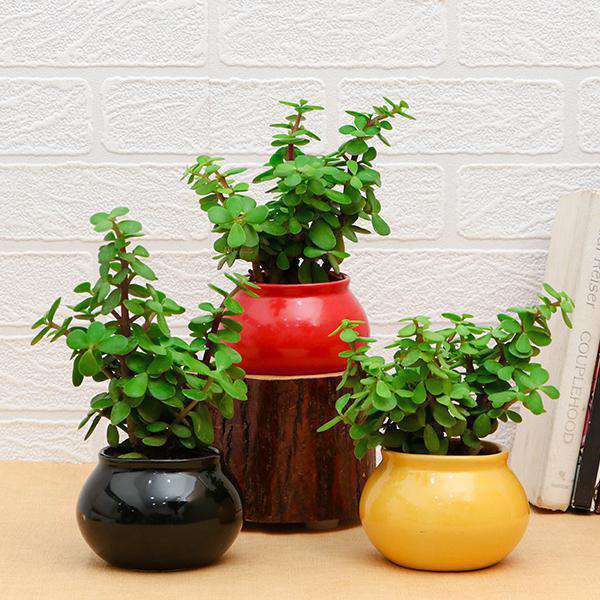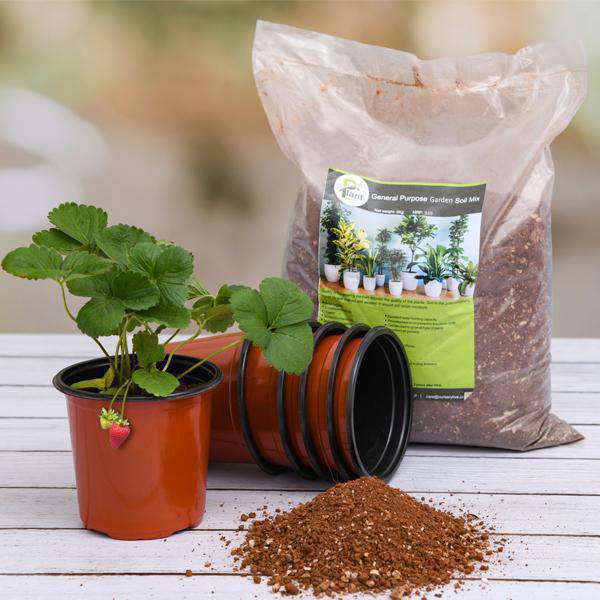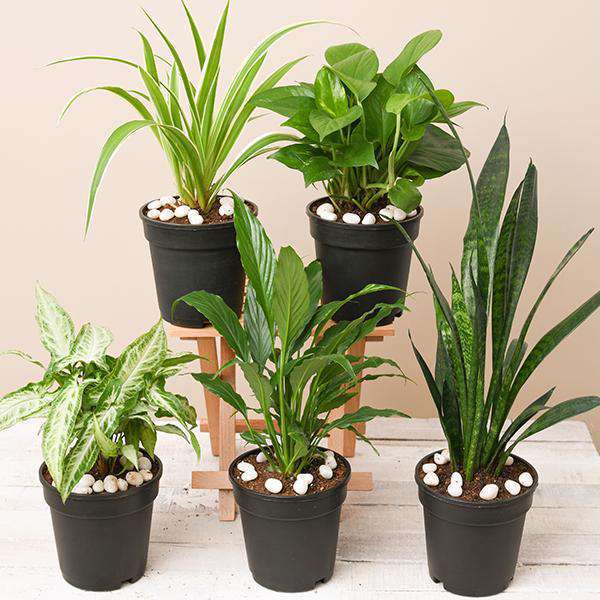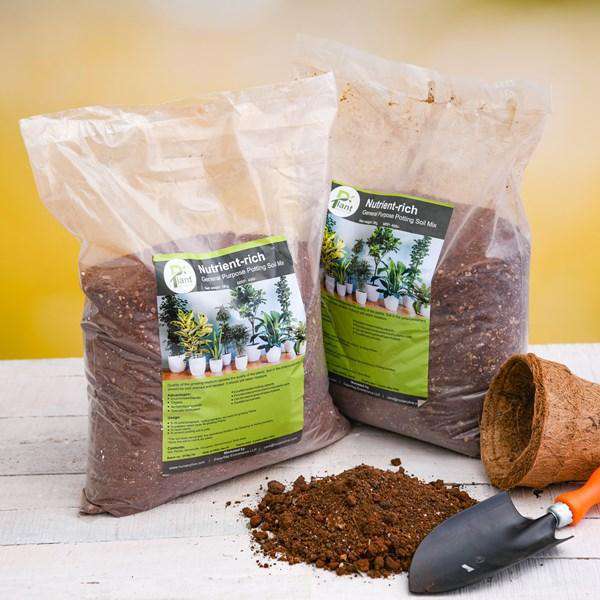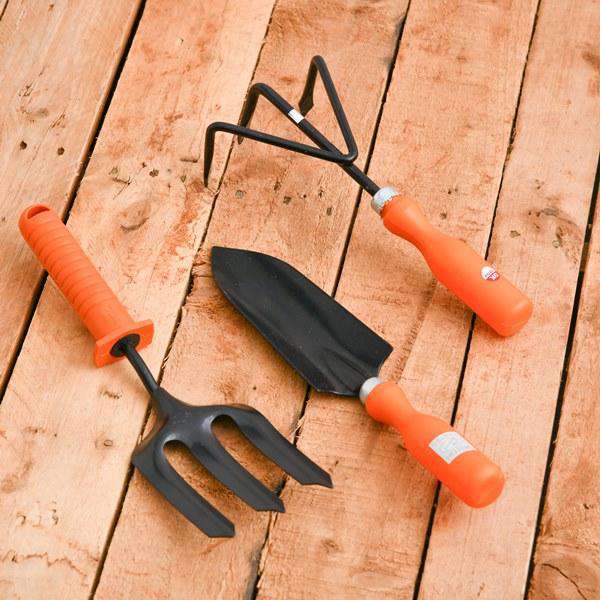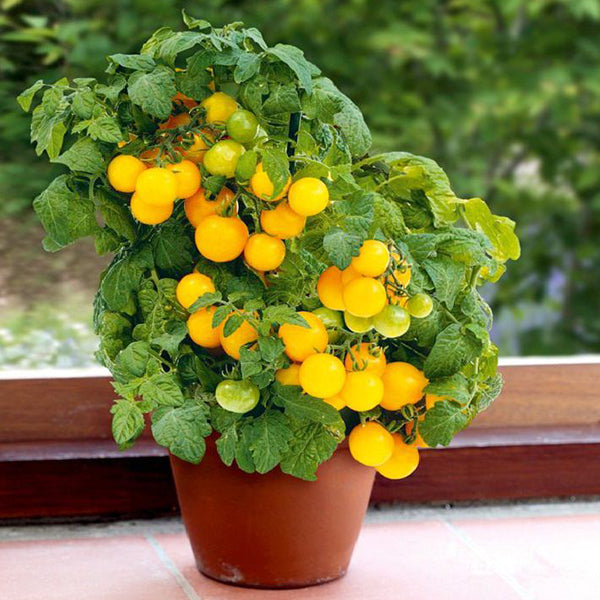Description
Alocasia macrorrhiza is similar to other large-leafed arums such as the Xanthosoma sagittifolium, Peltrandra spp., and Colocasia esculenta, often called Taro. Alocasia macrorrhiza differs from the others in having an upright stem and holding its leaves upright, and in several technical characteristics that mean a lot to the botanists. Numerous hybrids have been produced from among the various Elephant Ear species, and it s not always possible to identify particular specimens.
Alocasia macrorrhiza is similar to other large-leafed arums such as the Xanthosoma sagittifolium, Peltrandra spp., and Colocasia esculenta, often called Taro. Alocasia macrorrhiza differs from the others in having an upright stem and holding its leaves upright, and in several technical characteristics that mean a lot to the botanists.
Numerous hybrids have been produced from among the various Elephant Ear species, and its not always possible to identify particular specimens. It produced insignificant but fragrant white flowers on a sradix enclosed in a leaf-like, yellow-green spathe.Giant taro is cultivated throughout the tropics for its edible rhizomes and shoots.Alocasias require continual warmth and humidity. The soil should be rich but well drained, and the plant appreciates frequent watering (daily in hot weather), especially as if grows larger. Note however, that when the plant is young and small, too much water (particularly if the weather is cold) will rot the tuber, so be careful not to overdo it.Bright light is preferred, but it will do well in anything up to 80 percent shade. Leaves tend to grow larger in shadier positions. Full sun is usually not preferred and may discolour the leaves, although it will usually cope with a bit of full sun provided it can get enough water.
Plant Specifications
*above specification are indicative only. actual dimensions may vary by +-10%
| Common Name |
taro
Yellow Alocasia |
| Maximum Reachable Height |
3.00 to 6.00 feet |
| Flower Colour |
Yellowish-white |
| Bloom Time |
Rarely flowers |
| Difficulty Level |
easy to grow |
Planting and care
Colocasia esculenta isn, t just an ornamental plant either. In many places around the world, this species is grown as a food source. The roots, or tubers, of the plant have a potato-like consistency and can be cooked in a similar manner. Colocasia esculenta is known by many different nick names, including taro root, poi, potato of the tropics, eddo, djamandarrand and papachina.
Alocasia macrorrhiza var lutea care
Grow in partial shade and humusy, moist or wet, slightly acidic soil. Taro can be grown in the ground or in a large aquatic container. Store dormant tubers in a dry, frost-free location.
| Sunlight |
Full Sun to Partial Shade |
| Watering |
Medium to wet |
| Soil |
well-drained soil |
| Temperature |
45 F |
| Fertilizer |
Apply any organic fertilizer |
Alocasia macrorrhiza var lutea special feature
Lends a large tropical look to gardens, water margins and large containe Excellent as a specimen or in groups.
Alocasia macrorrhiza var lutea uses
Ornamental Use:
- The plant is used for ornamental purpose
Medicinal Use:
- One such plant is Colocasia esculenta Linn, commonly known as taro (English); aravi (Hindi) and alupam (Sanskrit)
- It is a tall and perennial herbaceous plant growing throughout India
- Colocasia esculenta Linn
